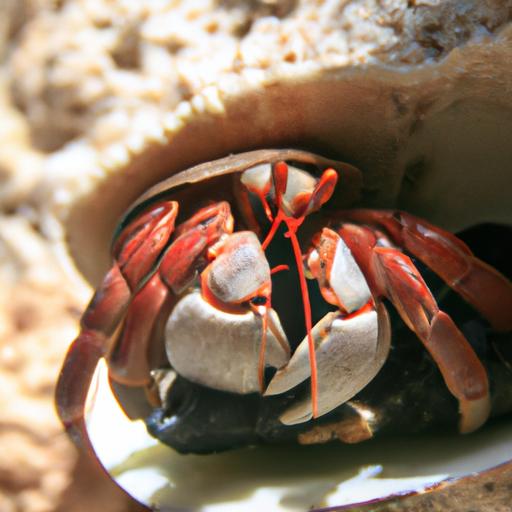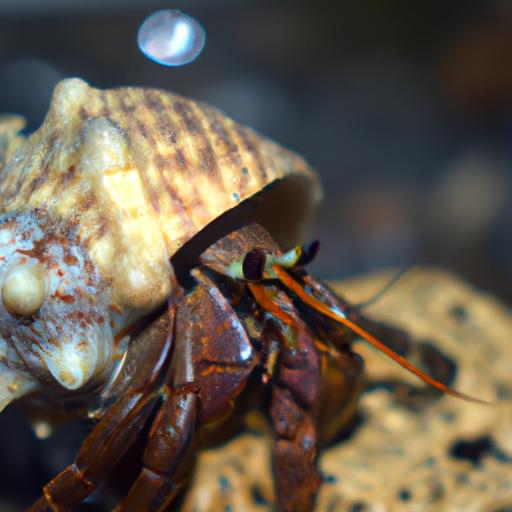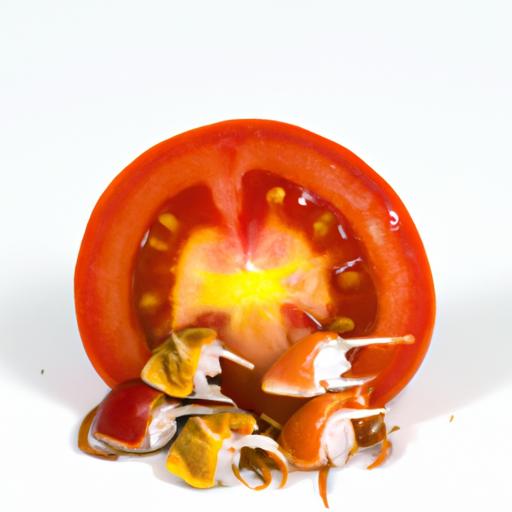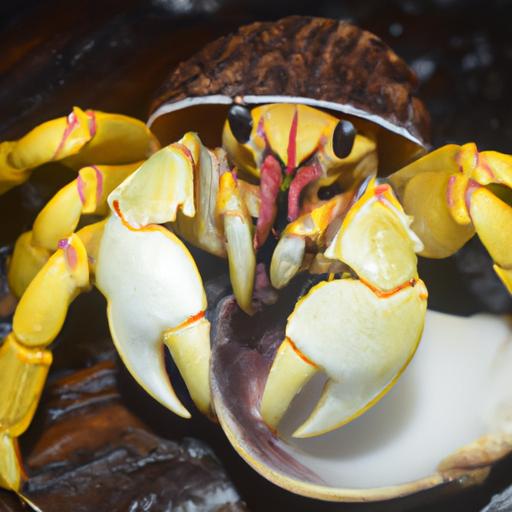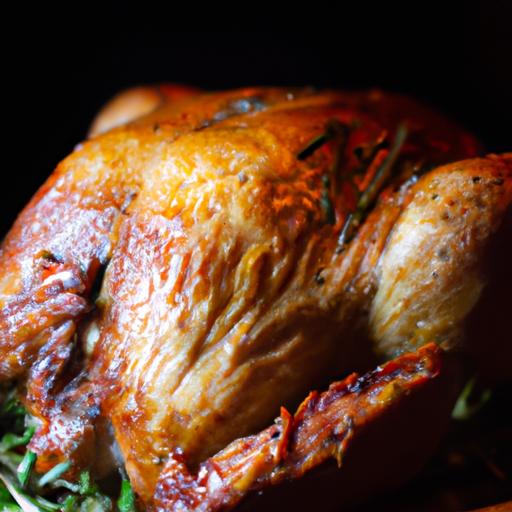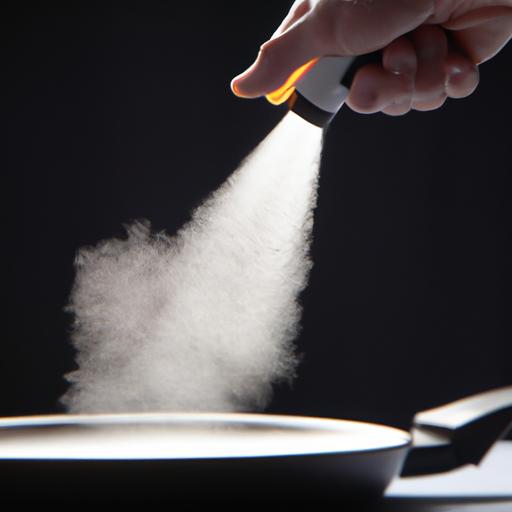How Cooking Turkey: A Guide to Perfectly Roasted Delights
Turkey, the centerpiece of a festive feast, holds a special place in our hearts and stomachs. Whether it’s a grand Thanksgiving dinner or a Christmas celebration, mastering the art of cooking turkey is essential for creating a delectable experience that leaves everyone yearning for more. So, let’s dive into the world of turkey cooking and unlock the secrets to achieving a perfectly roasted delight!
Introduction to Cooking Turkey
Picture this: A succulent turkey, golden-brown and glistening, emerges from the oven, filling your kitchen with a tantalizing aroma that beckons even the pickiest eaters. But how does one accomplish this culinary triumph? It all begins with understanding the importance of learning how to cook turkey properly.
Cooking turkey is not just about satisfying hunger; it’s about creating cherished memories around the dinner table. As the holidays approach, families and friends gather, eagerly anticipating the moment when the turkey takes center stage. To ensure that this iconic dish delivers on its promise, we must grasp the fundamentals of turkey preparation, seasoning, cooking methods, and carving.
Before we embark on this flavorful journey, let’s appreciate the significance of turkey as a beloved holiday dish. Traditionally associated with Thanksgiving, turkey has become synonymous with celebration, gratitude, and togetherness. Its tender meat, rich with flavors, symbolizes abundance and warmth during festive occasions. As we explore the art of cooking turkey, we’ll unveil the secrets to transforming this humble bird into a masterpiece.
As you read on, prepare to unravel the mysteries of turkey cooking. With each step, we’ll equip you with the knowledge and techniques needed to conquer the kitchen and create a turkey feast that will leave your loved ones in awe. So, grab your apron, sharpen your knives, and let’s embark on a culinary adventure that will elevate your turkey game to new heights!
Stay tuned for the upcoming sections, where we’ll explore everything from preparing the turkey to carving and serving it with finesse. Together, we’ll unlock the secrets to the perfect turkey, ensuring your holiday celebrations are nothing short of extraordinary. Are you ready? Let’s get cooking!
Preparing the Turkey
Selecting the Right Turkey Size and Type
The journey to a perfectly cooked turkey begins with selecting the right size and type of bird. Consider the number of guests you’ll be serving to determine the ideal turkey size. As a general rule, calculate about 1 pound (0.45 kg) of turkey per person. This ensures ample servings and some leftovers for those delicious turkey sandwiches.
When it comes to turkey types, you’ll find various options, such as fresh, frozen, organic, and heritage. Fresh turkeys offer a shorter shelf life but often boast superior flavor and texture. On the other hand, frozen turkeys are readily available and can be purchased in advance, allowing for convenient planning. If you prefer organic or heritage turkeys, ensure they are sourced from reputable suppliers to guarantee quality.
Thawing the Turkey Safely
Properly thawing the turkey is crucial to ensure even cooking and food safety. There are two recommended methods: refrigerator thawing and cold-water thawing.
Refrigerator thawing is the safest and most convenient method. Place the wrapped turkey on a tray or in a shallow pan to catch any potential drips. Allow approximately 24 hours of thawing time for every 4 to 5 pounds (1.8 to 2.3 kg) of turkey. Remember, patience is key to achieving a perfectly thawed bird.
For those pressed for time, cold-water thawing is a viable option. Ensure the turkey is tightly wrapped in a leak-proof plastic bag and submerge it in cold water. Change the water every 30 minutes and allow 30 minutes of thawing time per pound (0.45 kg) of turkey. Be diligent in monitoring the water temperature to prevent bacterial growth.
Cleaning and Patting Dry the Turkey
Before seasoning and cooking, it’s essential to give your turkey a thorough cleaning. Remove the giblets and neck from the cavities, saving them for gravy or other dishes if desired. Rinse the turkey inside and out with cold water, ensuring to remove any excess blood or ice particles.
Once cleaned, pat the turkey dry with paper towels. This step is crucial to achieving a beautifully browned skin. Moisture on the surface of the turkey can hinder the browning process, so take your time to ensure the bird is completely dry.
With the turkey prepared and ready, we’re one step closer to creating a culinary masterpiece. In the next section, we’ll explore the art of seasoning and flavoring the turkey, infusing it with delicious aromas and enhancing its natural taste. Let’s dive in!
Seasoning and Flavoring
When it comes to cooking turkey, the seasoning and flavoring process is where the magic truly happens. Elevate your turkey from ordinary to extraordinary by exploring the world of traditional turkey seasonings, marinades, brining techniques, and tips for adding that extra burst of flavor.
Traditional Turkey Seasonings and Herbs
The first step towards creating a flavor-packed turkey is selecting the right blend of seasonings and herbs. Classic combinations like sage, thyme, rosemary, and garlic lend a delightful aroma and taste to the bird. These timeless flavors have been perfected over generations, infusing the meat with a savory essence that is simply irresistible.
As you prepare your turkey, generously rub the skin and cavity with a mixture of these herbs and spices. Allow them to meld with the meat overnight, imparting a depth of flavor that will have your guests salivating in anticipation.
Different Marinades and Brining Techniques
For those seeking to take their turkey to the next level, marinades and brining offer a gateway to succulence. Marinades infuse the turkey with a symphony of flavors, tenderizing the meat and ensuring a moist end result. Experiment with citrus-based marinades, herb-infused concoctions, or even Asian-inspired blends to tantalize your taste buds.
Brining, on the other hand, involves soaking the turkey in a saltwater solution, resulting in a juicy and well-seasoned bird. The salt in the brine helps the meat retain moisture, while additional spices and aromatics can be incorporated to elevate the flavor profile.
Tips for Adding Flavor to the Turkey
If you’re seeking to push the boundaries of flavor, consider these tips to enhance your turkey experience:
- Injecting: Utilize a flavor injector to infuse the turkey with marinades or stocks, ensuring every bite bursts with flavor.
- Compound Butters: Create delectable compound butters by blending herbs, spices, and butter. Carefully slide slices of this heavenly mixture under the turkey’s skin, allowing it to melt and baste the meat as it cooks.
- Citrus and Aromatics: Stuff the turkey cavity with citrus fruits, onions, garlic, or fresh herbs to add a fragrant touch that permeates the meat during cooking.
Remember, creativity knows no bounds in the kitchen. Feel free to experiment with different flavors and techniques to tailor your turkey to suit your unique palate. With the right seasoning and flavoring, your turkey will become a culinary masterpiece that sparks admiration and ignites the senses.
Stay tuned for the upcoming sections where we’ll dive into the various cooking methods to ensure your turkey is cooked to perfection, delivering a symphony of flavors that will leave everyone craving seconds. Are you ready to embark on this flavor-filled journey? Let’s continue our exploration of cooking turkey!
Cooking Methods
When it comes to cooking turkey, there are several methods to choose from, each offering its unique flavors and textures. Let’s explore the most popular cooking methods that will elevate your turkey game to new heights.
Roasting the Turkey in the Oven
Roasting a turkey in the oven is a classic and time-tested method that yields delicious results. To begin, preheat your oven to the recommended temperature and prepare the turkey by seasoning it with your desired flavors. Place the turkey on a roasting rack in a sturdy pan, breast side up, and cover it loosely with foil. This helps retain moisture and ensures even cooking. Remember to baste the turkey occasionally with its own juices or a flavorful mixture to enhance its succulence. The cooking time will vary depending on the turkey’s weight, so refer to a reliable cooking chart for accurate timings. As the turkey roasts, your kitchen will be filled with mouthwatering aromas, building anticipation for the grand reveal.
Deep Frying the Turkey
For those seeking a crispy, golden exterior with moist, tender meat, deep frying is the way to go. This method requires caution and careful preparation. Start by selecting a turkey specifically labeled for deep frying, ensuring it is completely thawed and dry. Set up your outdoor fryer following the manufacturer’s instructions, and carefully lower the turkey into the hot oil. The high heat seals in the juices, resulting in a succulent and flavorful turkey. However, safety is paramount when deep frying, so be sure to follow all safety guidelines and never leave the fryer unattended.
Smoking the Turkey
Smoking a turkey infuses it with a distinct smoky flavor, creating a truly memorable culinary experience. Begin by selecting your desired wood chips, such as hickory or applewood, to impart unique flavors. Soak the wood chips in water for at least 30 minutes before adding them to the smoker. Prepare the turkey by seasoning it with a dry rub or marinade, and then place it in the smoker, ensuring the temperature remains steady throughout the cooking process. The slow and steady smoking process infuses the turkey with a tantalizing smokiness, resulting in a tender and flavorful bird that will have your guests coming back for seconds.
Grilling the Turkey
Grilling a turkey adds a delightful char and smoky essence to the meat, perfect for those who enjoy a barbecue twist. Begin by preparing your grill for indirect heat, placing a drip pan beneath the grates to catch any drippings. Season the turkey with your preferred spices and herbs, and then place it on the grill over indirect heat. Close the lid and maintain a consistent temperature throughout the cooking process. Baste the turkey occasionally to keep it moist and flavorful. Grilling imparts a unique flavor profile to the turkey, resulting in a slightly smoky and charred exterior, while maintaining juicy tenderness within.
As you explore these cooking methods, remember to consider your preferences, available equipment, and desired flavors. Each method offers its own charm and culinary experience, allowing you to create a turkey that perfectly suits your taste. So, choose your preferred cooking method and let your culinary skills shine as you embark on a flavorful journey with your turkey masterpiece!
Cooking Times and Temperatures
Determining the Appropriate Cooking Time Based on Turkey Weight
When it comes to cooking the perfect turkey, timing is everything. The cooking time largely depends on the weight of the turkey, so it’s crucial to have a clear understanding of this aspect. As a general rule of thumb, estimate around 13 minutes of cooking time per pound for an unstuffed turkey. For example, a 12-pound turkey would require approximately 2 hours and 36 minutes of cooking time.
To ensure accuracy, it’s recommended to use a reliable turkey cooking chart or calculator that considers the weight of your bird. These tools will provide you with specific guidelines based on whether your turkey is stuffed or unstuffed. Remember, undercooked turkey can pose health risks, while overcooked turkey may result in dry and tough meat. So, pay close attention to the cooking time to achieve that perfect balance of juiciness and tenderness.
Recommended Internal Temperatures for Safe Consumption
Achieving the perfect cooking time is essential, but equally important is ensuring the turkey reaches the appropriate internal temperature for safe consumption. The United States Department of Agriculture (USDA) recommends cooking turkey to an internal temperature of 165°F (74°C) in the thickest part of the thigh, avoiding contact with the bone.
By reaching this temperature, you can eliminate any potential harmful bacteria that may be present in the meat. Using a meat thermometer is the most accurate way to determine when your turkey has reached the desired temperature. Insert the thermometer into the thickest part of the thigh without touching the bone. Once it reads 165°F (74°C), your turkey is ready to be taken out of the oven.
Using a Meat Thermometer to Ensure Perfect Doneness
A meat thermometer is an indispensable tool for any aspiring turkey chef. It takes the guesswork out of determining the doneness of your turkey, ensuring that it’s cooked to perfection. There are various types of meat thermometers available, but the most reliable and recommended one is the instant-read thermometer.
To use a meat thermometer, insert it into the thickest part of the thigh, making sure it doesn’t touch the bone. Wait for a few seconds until the reading stabilizes. Once it reaches 165°F (74°C), you can confidently declare your turkey fully cooked and ready to be enjoyed.
Remember, cooking times and temperatures may vary depending on your cooking method and the specific characteristics of your turkey. Always refer to trusted sources and adjust accordingly to ensure a safe and delicious dining experience.
Stay tuned for the upcoming sections, where we’ll explore the art of carving and serving your perfectly cooked turkey. With each step, we get closer to creating a memorable feast that will be the talk of the town.
Conclusion
Congratulations! You have now embarked on a journey into the world of turkey cooking, equipped with the knowledge and techniques to create a memorable and delicious feast. By mastering the art of cooking turkey, you have elevated your culinary skills and become the hero of holiday gatherings.
Throughout this guide, we have emphasized the importance of learning how to cook turkey properly. From selecting the right turkey size and type to seasoning and flavoring it to perfection, each step plays a crucial role in achieving a succulent and flavorful end result. By exploring various cooking methods, understanding cooking times and temperatures, and mastering the art of carving, you have gained a comprehensive understanding of the entire turkey cooking process.
Remember, cooking turkey is not just about the end result; it’s about the shared experience and the joy it brings to those around you. As you embark on your turkey-cooking adventures, embrace the process, be open to experimentation, and let your creativity soar. Trust your instincts and let your taste buds guide you towards culinary success.
Now, armed with this newfound knowledge, it’s time to put it into practice. Gather your ingredients, preheat your oven, and let the magic unfold. As you bask in the delightful aromas and watch your loved ones indulge in your culinary masterpiece, take a moment to savor the satisfaction that comes from mastering the art of cooking turkey.
So, go forth and create memorable feasts, knowing that you have the expertise and confidence to cook a turkey that will leave everyone craving for more. Let the turkey be the centerpiece of your holiday celebrations, filling your home with love, warmth, and the delicious flavors of success.
Thank you for joining us on this flavorful journey. May your turkey always be tender, your flavors always be bold, and your holiday gatherings always be filled with joy and laughter. Happy cooking!
